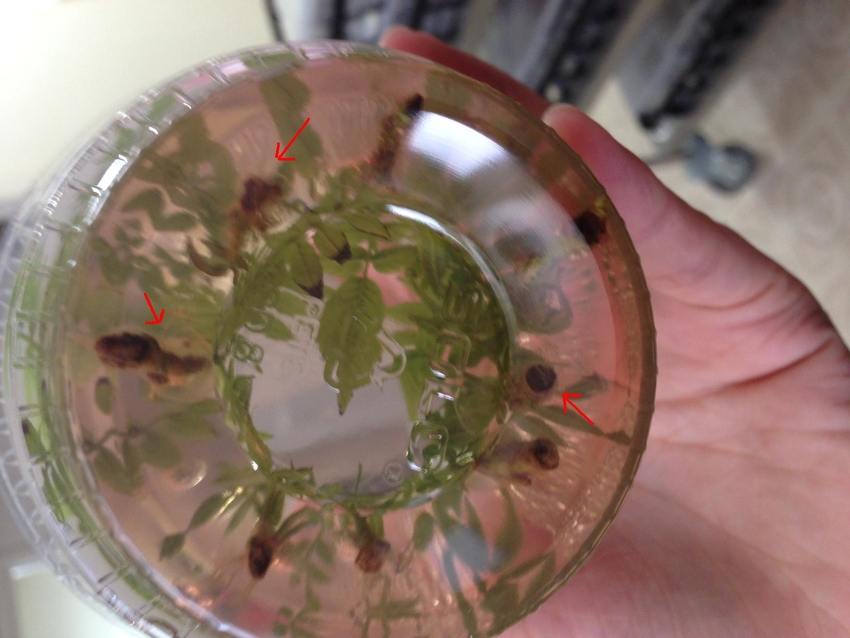Introduction:
Plants play a crucial role in our ecosystem, providing us with food, oxygen, and numerous other resources. However, they are susceptible to various diseases caused by pathogens. One such notorious plant pathogen is Xanthomonas campestris pv xcv panel. This bacterium poses a significant threat to a wide range of crops, leading to severe economic losses for farmers and affecting food production. In this article, we will delve into the details of Xanthomonas campestris pv Xcv, its characteristics, and methods to mitigate its impact on agriculture.
What is Xanthomonas campestris pv Xcv?
Xanthomonas campestris pv xcv panel is a gram-negative bacterium responsible for causing bacterial spot disease in various plants. It primarily affects crops such as tomatoes, peppers, citrus fruits, cruciferous vegetables, and leafy greens. The bacteria are transmitted through infected seeds, plant debris, or contaminated tools, and once established, they spread rapidly under favorable environmental conditions.
Symptoms of Xanthomonas campestris pv Xcv Infection:
Identifying Xcv infection is crucial to prevent its spread. The symptoms may vary depending on the host plant, but common signs include water-soaked lesions, yellowing of leaves, wilting, and black specks or spots on the plant’s surface. Infected fruits may develop spots or rot, rendering them unsuitable for consumption or commercial use.
Factors Influencing Xcv Infection:
Several factors contribute to the spread and severity of Xcv infection. Environmental conditions, such as high humidity and rainfall, create an ideal breeding ground for the bacteria. Additionally, the presence of weeds and alternative hosts can facilitate the disease’s transmission. Poor agricultural practices and lack of crop rotation also contribute to its prevalence.
Prevention and Control:
Preventing Xcv infection is crucial for maintaining plant health. Adopting good agricultural practices, such as sanitizing tools, using pathogen-free seeds, and removing infected plant debris, can significantly reduce the risk of infection. Proper irrigation practices that avoid wetting the foliage can also help prevent the spread of the bacteria.
Resistant Crop Varieties:
Plant breeders have developed resistant crop varieties to combat Xcv infection. These varieties possess genetic traits that make them less susceptible to the pathogen. Farmers are encouraged to choose these resistant varieties, reducing the reliance on chemical pesticides and minimizing the environmental impact.
Importance of Early Detection:
Early detection of Xcv infection is crucial to prevent its spread and minimize crop damage. Regular monitoring of crops, especially during the growing season, can help identify infected plants and take immediate action to control the disease.
Impact on Agriculture:
The presence of Xanthomonas campestris pv Xcv has severe implications for agriculture. The disease can lead to significant economic losses due to reduced yield and compromised quality of crops. Additionally, it may limit export opportunities for farmers, affecting the overall agricultural economy.
Xcv Management Techniques:
Various management techniques can help control Xcv infection. Biological control agents, such as beneficial bacteria or fungi, can be used to suppress the pathogen’s growth. Cultural practices, like crop rotation and intercropping, can also disrupt the disease cycle and reduce its impact.
Integrated Pest Management:
Integrated Pest Management (IPM) is an effective approach to control Xcv and other plant pathogens. It involves combining multiple strategies, such as biological control, chemical control (when necessary), cultural practices, and resistant crop varieties, to maintain a balanced ecosystem and reduce the reliance on pesticides.
Conclusion:
In conclusion, the Xanthomonas campestris pv xcv panel poses a significant threat to agriculture, impacting various crops and causing economic losses for farmers. Implementing preventive measures, adopting resistant crop varieties, and practicing Integrated Pest Management are crucial steps towards mitigating the impact of this plant pathogen. By staying informed and taking timely action, we can protect our plants and ensure a healthy harvest for the future.


 Home
Home









